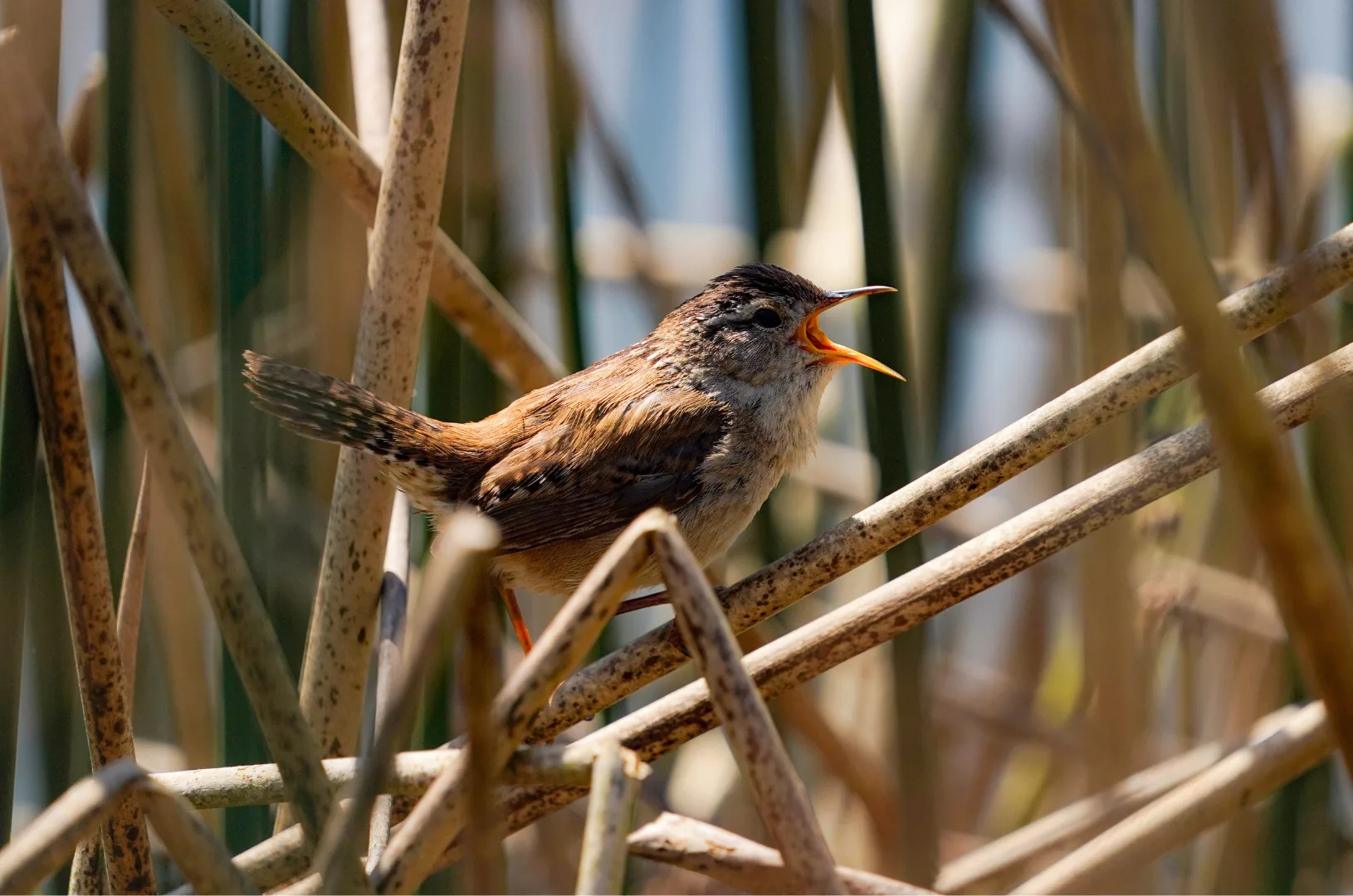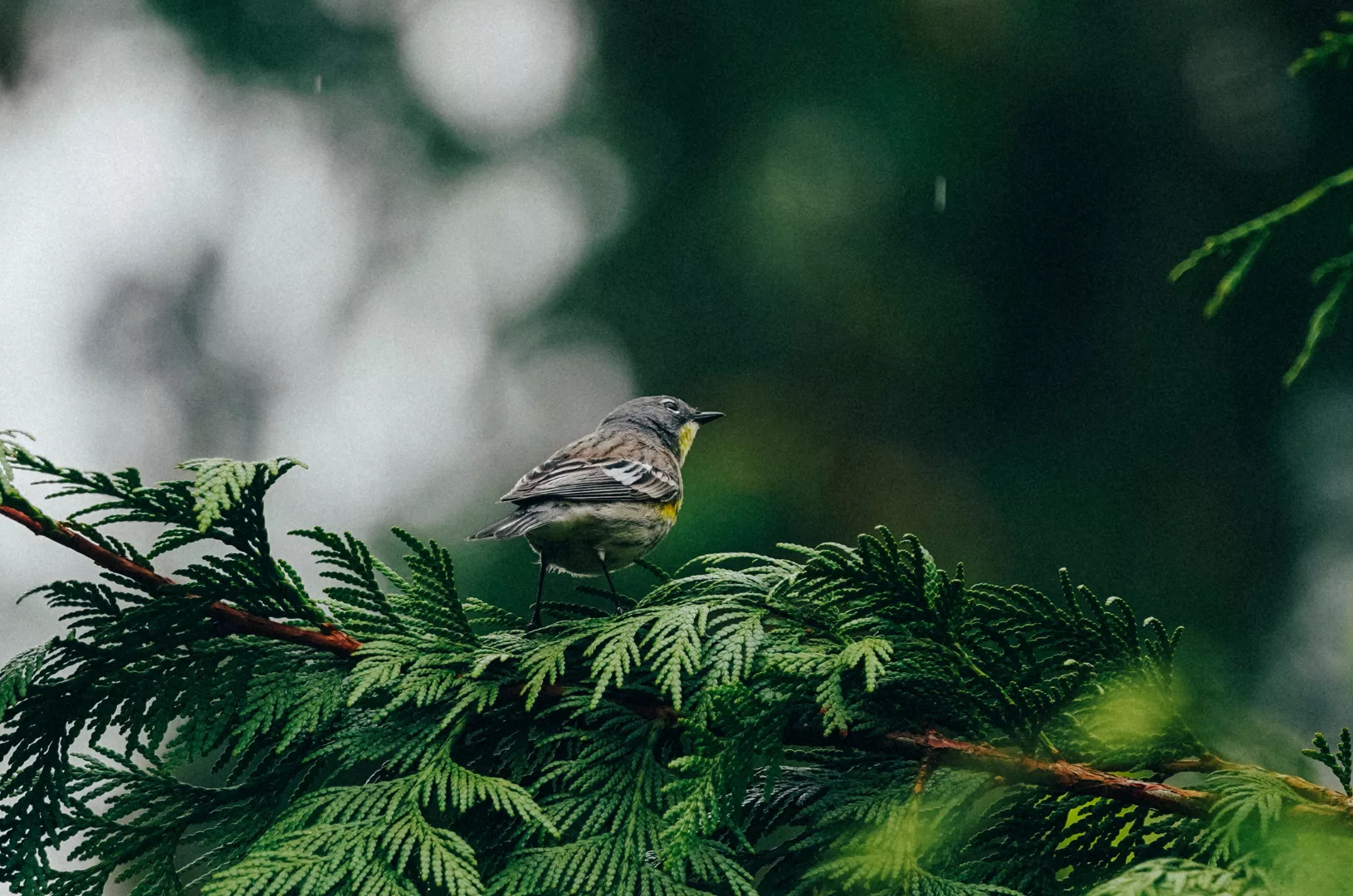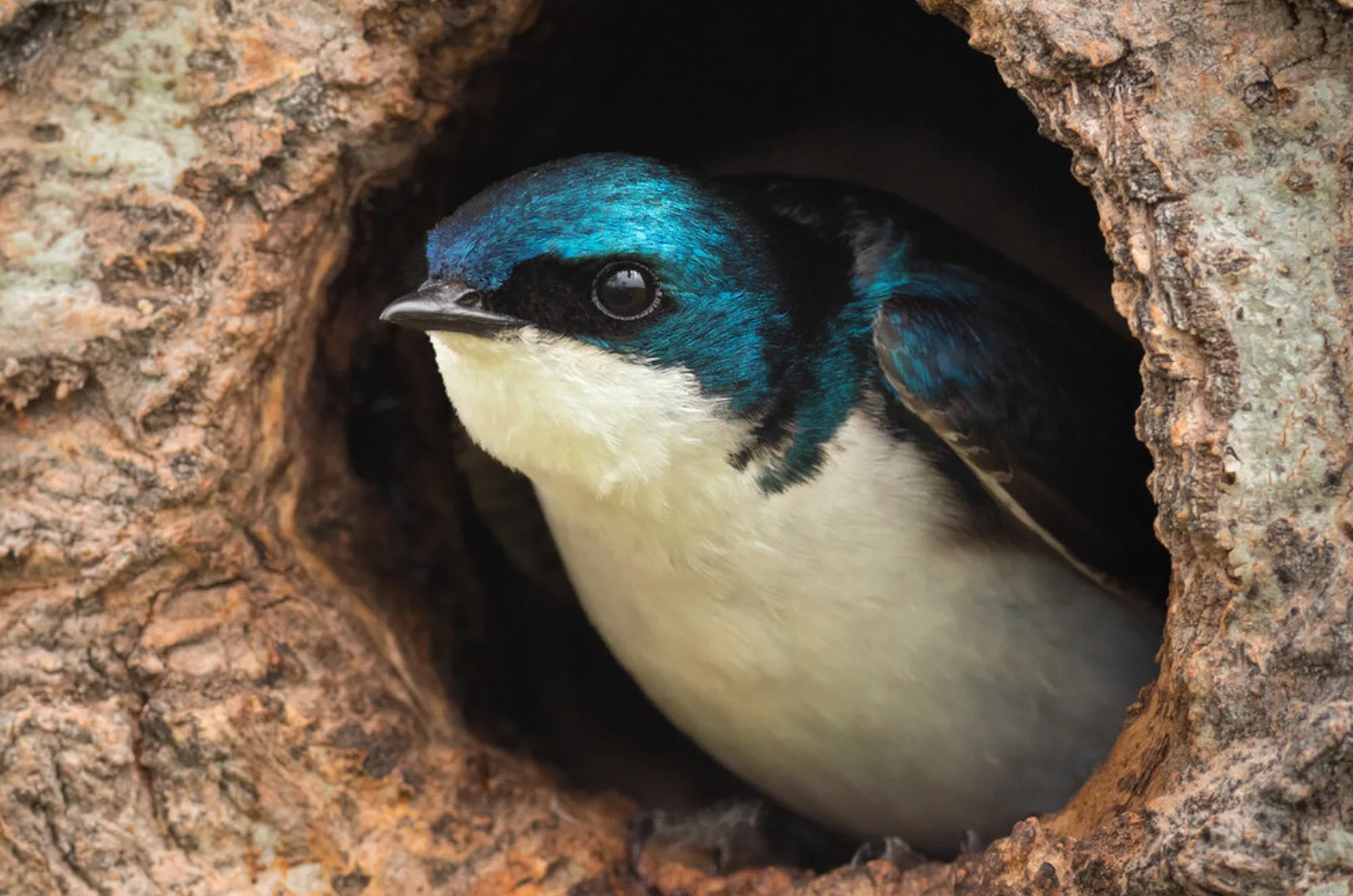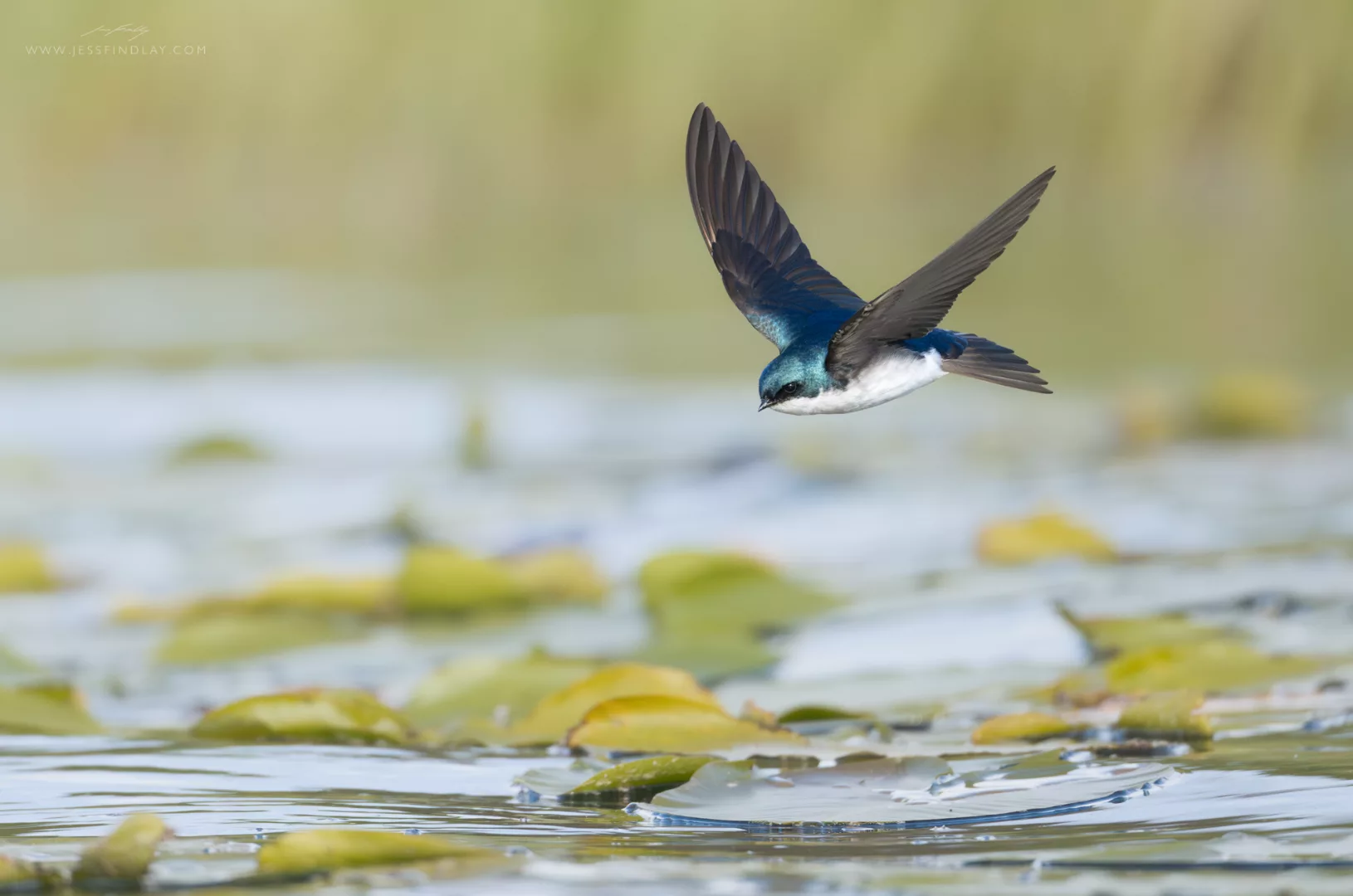This spring — while you lie in bed dreaming of summer — something monumental is taking place.
Using only the stars and Earth’s electromagnetic fields to navigate, millions of birds are taking to the night sky to make their way to British Columbia.
Over the next two months, thousands of these birds will settle in the Kootenay and Columbia region. Many of them will have flown along the Pacific Flyway, one of four major migratory flyways in North America, spanning from Alaska to Patagonia. The Columbia Valley’s location in the eastern range of the flyway, combined with our mature forests, intact wetlands like the Columbia Wetlands, alpine ecosystems and riparian areas, make this region critical nesting habitat for a variety of bird species.
Here are four incredible bird species that migrate to the Kootenay and Columbia region every year.
(Also: don’t forget to check out the Creston Valley Bird Fest from May 9-12! This event includes presentations, photo workshops, guided canoe trips, and more.)
Calliope hummingbird

Calliope hummingbirds are the smallest bird in North America, measuring three inches long and weighing only 2-3 grams. But that doesn’t stop them from flying 8,000km every year to reach their breeding grounds.
They fly north for our abundance of insects in the spring and summer, and our more temperate climate. Although adult hummingbirds consume a lot of nectar regularly, they feed their young a high-protein slurry diet of almost exclusively insects — the only thing that can satiate the unbelievable metabolism of a baby hummingbird!
Despite spending their nonbreeding season in the tropical climate of Mexico, Calliopes nest here in cool mountain meadows and in riparian (stream-side) areas. It’s not unusual to find them while you’re up in the alpine — these birds frequently breed at high elevations between 1,200-3,400 metres.
Females usually build their nests in conifers such as lodgepole pine, Douglas fir or western red cedar, whose branches overhang the nest and protect it from precipitation.
The Calliope hummingbird is just one of many species that rely on the healthy and intact mountain ecosystems, forests, and riparian areas in the Columbia Basin.
Marsh wren

Marsh wrens spend their lives in wetlands and marshes. If you’re lucky, you might see one perched on a cattail, but you’re more likely just to hear their boisterous, lengthy songs echoing from a thick clump of wetland vegetation.
Male marsh wrens regularly build 12 or more ‘dummy’ nests per season — a nest he will partially build in order to showcase his skills to potential females. He will breed with two or more females, building at least six dummy nests for each. That’s a lot of work!
In the Kootenay-Columbia region, marsh wrens spend their breeding season in marshy (go figure) areas like the Columbia Wetlands. They typically pick spiders and insects off of vegetation, but will occasionally catch something mid-air if the opportunity arises. In milder parts of B.C., they sometimes remain year-round, but for the most part our untenable winter temperatures cause them to head south.
As a highly specialized bird, marsh wrens’ survival depends on the sustenance of healthy and intact wetlands. This little bird is one more reminder of why it’s critical we protect these ecosystems.
Yellow-rumped warbler

Yellow-rumped warblers are an iconic forest-dwelling bird. You may see them perched on the outer limbs of trees, waiting to dive into the air in impressive acrobatic displays as they pursue flying insects. Or you may hear flocks of them chirping energetically high in the forest canopy.
Yellow-rumped warblers spend their winters as far as the Caribbean or Central America. They fly north to take advantage of our abundant insects and cooler temperatures in the spring and summer, and return south in the fall to feed on fruits and berries.
Yellow-rumped warblers rely on mature coniferous and mixed coniferous-deciduous forests for breeding. They need the large, established trees for foraging and nesting, and the diverse micro-habitats that these forests produce create a higher diversity of insect prey.
A female will build a cup-shaped nest — often with materials her mate brings her — on the limb of a conifer. She lines it with soft materials like moose or deer hair, lichen, and moss.
These birds travel many thousands of kilometres to breed in our precious mature forests. It can be easy to forget just how many species require healthy, connected forests for their life cycle — and yellow-rumped warblers are just one of those here to remind us how important they are.
Tree swallow

Tree swallows migrate north every year to the Columbia Valley’s wetlands, marshes, fields, wooded swamps, and beaver ponds for the plethora of flying insects they harbour. These ecosystems tend to also provide perfect nesting habitat in the form of snags (dead-standing trees).
Tree swallows rely on pre-existing cavities (often ones that have been excavated by woodpeckers) to build their nests. The nest is often made entirely of grass, and lined with a variety of different species’ feathers.
Rather than bathing like most birds, a tree swallow will skim the water’s surface at speed, then rise rapidly to shake off the droplets. They’re also extremely social — migrating and congregating in large flocks.

Tree swallow populations have declined by a third since the 1960s. This is largely due to the habitual removal of snags, as well as land and forest clearing, which destroys available nest sites. Due to their insect-rich diets, they are also vulnerable to the use of pesticides and other contaminants like PCBs and mercury.
Although snags may at first glance appear to be nothing but a hazard or potential firewood, there are countless species that depend on them exclusively for their survival. The healthy, natural state of our wetlands — as well as leaving dead-standing trees in place — is critical for tree swallows’ continued survival.

